The Chief Officer, also called Chief Mate, holds one of the biggest responsibilities on board. He is the second in command after the Master.
That being said, he deputizes for the Master in the event of his absence or incapacitation.
Being a Chief Mate sounds cool. However, it is a very stressful position. From drills to maintenance, to cargo operation and watchkeeping, those are just some of his jobs.
In fact, a Chief Mate has the most duties on board. Even though his responsibility is second to that of the Master, his workload is much greater.
Whatever the Captain has in mind, he goes to the Chief Officer who implements and delegates it to the crew.
And yes, he is also called First Mate or First Officer. However, those titles are seldom used especially on merchant vessels.
Big Four
The Chief Mate is one of the “Big Four” on board.
The other three are the Master, Chief Engineer, and Second Engineer. They are called that way since they belong to the management level of the shipboard organization.
They do the thinking, planning, and decision-making. Whatever they come up with gets implemented on board down to the last man.
These four ranks also have the biggest salary among the crew on board.
Salary
A chief mate’s salary depends on many factors. One of which is the type of vessel he is working on. Another is his company. Lastly, some nationalities earn more than others.
In general, A chief officer’s salary ranges from $6,000.00 to $12,000.00. But that price comes with huge responsibilities that we will cover below.
Chief Mate Duties and Responsibilities
The Chief Mate is the head of the deck department. He reports directly to the Master regarding job accomplishments and even work-related problems.
The list of his duties and responsibilities here is not exhaustive. Other shipping companies may have a version of their own. However, there is a core similarity that is immediately noticeable.
This article may serve as a starting reference for those who want to pursue a career at sea.
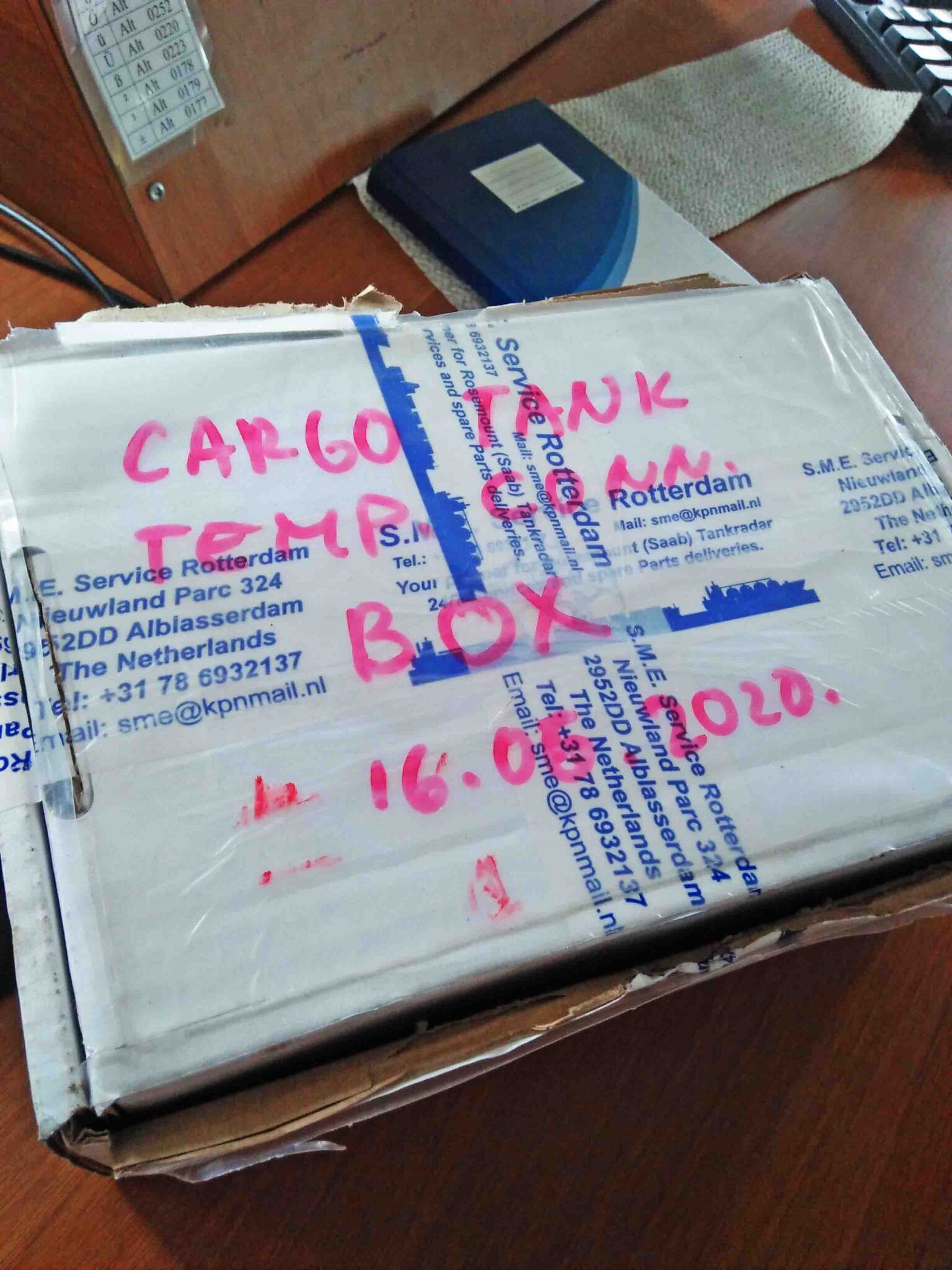
Cargo Operations
Cargo operation includes tank/ hold cleaning, stowage planning, loading, discharging, and cargo handling.
a) Planning loading and discharging operations, taking careful account of the vessel’s stability stresses and draft limitations.
b) Loading, stowage, carriage, and discharge of cargo in a safe and efficient manner.
c) Washing, cleaning, gas-freeing, and making cargo tanks inert, as appropriate.
d) Ballasting and de-ballasting operations.
e) Supervising and/ or operating cargo, and pollution prevention equipment.
f) Maintaining the Oil Record Book, Part II (for tankers ships), up-to-date and ready for inspection with the appropriate Authorities.
Deck Maintenance
Most ships use a Planned Maintenance System (PMS) to have an overview of the jobs and their deadlines. This is a great tool for monitoring the work progress on board.
a) Maintenance of equipment is under his responsibility as well as the cleanliness of the vessel. The cosmetic appearance of the ship is also under his control.
Deck Administration
Deck administration involves requisitioning and record keeping.
This is also one of the many jobs Chief Officers go crazy about especially during the end of a month. But it is very important since authorities seek records especially that of rest hours and overtime.
a) Requisitioning all deck/ safety stores, spare parts, and consumables.
b) Maintaining records of all cargo/ballast operations, enclosed space entries, cargo equipment maintenance, daily works, garbage/slop disposal, safety & pollution prevention drills/ exercises.
c) Keeping records of minimum resting periods for the Deck & Catering department as per STCW/ ILO requirements
d) Organizing the ship’s office and cargo control room. This is done by keeping all files and records updated and in good order.
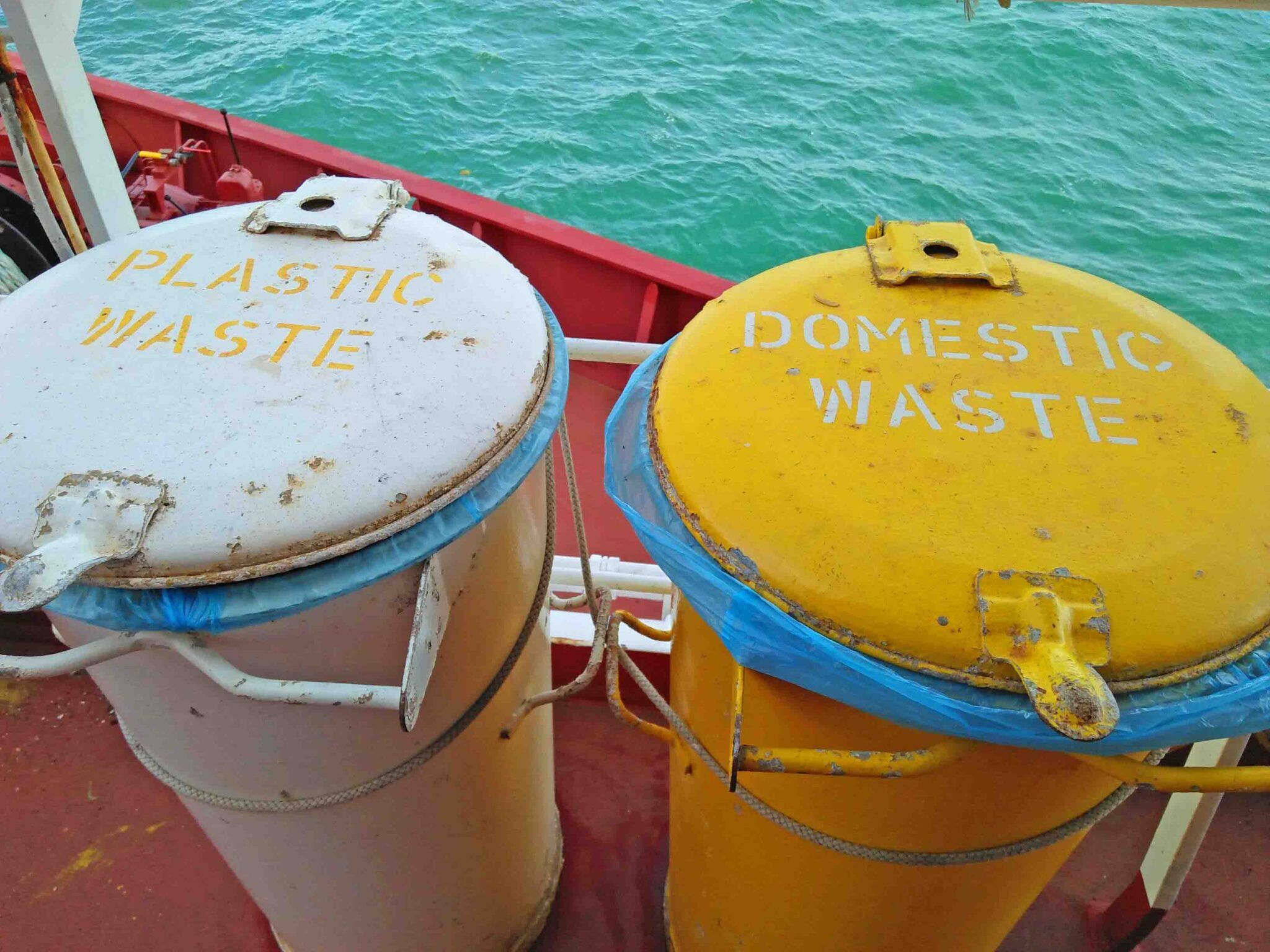
General Duties
Aside from documentation, Chief Mate also engages in training his crew on the use of certain equipment.
a) Knowledge of the proper use of all safety and pollution prevention equipment. This includes gas detection equipment, safety lamps, breathing apparatus, ODM apparatus, etc.
b) He must also instruct and teach his subordinates of their correct usage.
c) The cleanliness and good housekeeping of all areas of the vessel. In particular are the accommodation and public rooms, deck areas, and store rooms.
d) Discipline aboard the ship.
e) In charge of the medical chest and providing medicines to the crew. At the same time, he must maintain relevant inventories/ records.
f) Responsible for maintenance of all firefighting appliances.
g) Acts as the Ship Security Officer (SSO)
h) Responsible for maintenance of all life-saving equipment.
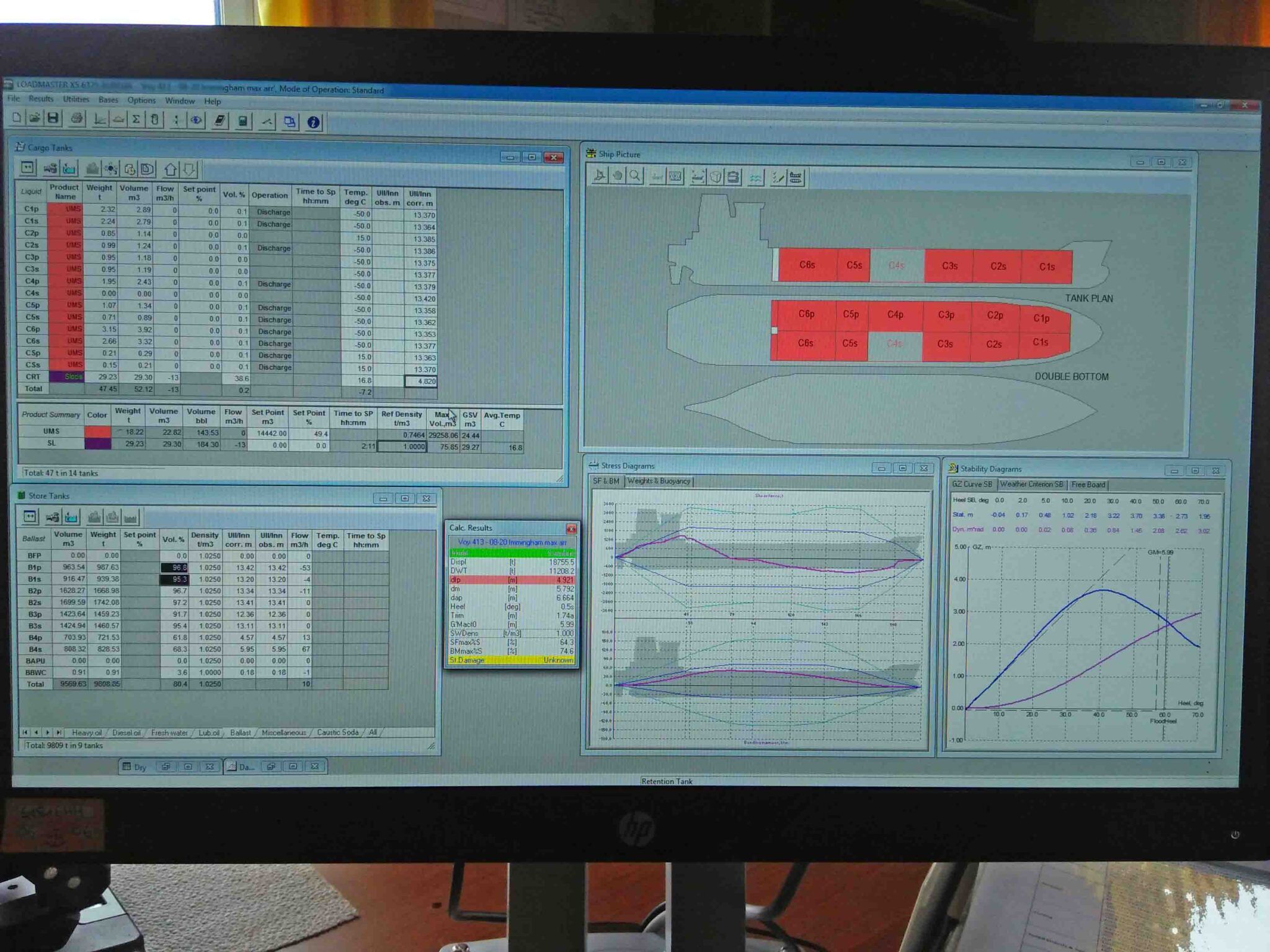
Watchkeeping Duties
Some ships employ three Junior Officers. They usually take the watches while the Chief Mate works as a day worker.
But on some vessels, the Chief Officer also performs navigational watch.
a) Keeping the 0400/0800 & 1600/2000 bridge watch.
b) He must adhere at all times to the requirements of the International Regulations for the Prevention of Collisions at Sea.
c) On top of that, he must take into account the ICS Bridge Procedures Guide and the relevant orders issued from the Company and the Master.
d) For arrival/ departure, mooring/ unmooring, and anchoring, his position is forward and supervising operations.
e) If the Chief Mate holds a Master’s license or he is near to being promoted, he must be stationed on Bridge for training and familiarization purposes. This is most particularly during critical operations (e.g. bad weather, transiting channels, heavy traffic, etc.).
f) Three junior deck officers on watch don’t excuse him for performing a navigational watch. In fact, he must do so from time to time. A good example is one navigational watch per week to keep him familiar with the Bridge procedures.
Duties in Case of Emergencies
Aside from the normal day-to-day operations of a vessel where the Chief Mate is involved, he must also know his emergency duties.
Thus, he must refer to the following publications on board.
a) Shipboard Emergency Manual (SEM)
b) Shipboard Oil Pollution Emergency Plan (SOPEP or SMPEP, as applicable)
c) Vessel’s Response Plan (VRP)
Here are examples of his duties during emergencies.
a) Fire Alarm – Team leader if the fire happens on deck or inside accommodation.
b) Man Over Board – In charge/ supervising the launching of rescue boat
c) Abandon Ship – release operator of the lifeboat.
d) Serious Injury – provides immediate first aid.
Other Duties
Other duties involve familiarizing with company manuals and publications. This enables him to get a good grasp of theoretical knowledge ready to be incorporated into his decision-making process.
a) To read and make himself familiar and comply with all procedures/ instructions manuals of the Company’s Management System.
b) To comply and be familiar with all international regulations involving the safe operation of the vessel. This is done through proper reading of various IMO publications (SOLAS, IMDG Code, ISPS Code, STCW, MLC, etc.)
c) In charge of the hospital, and medical chest and for keeping relevant logs and records. This duty can be delegated to a junior deck officer if the Master approves. However, the Chief Officer will remain the responsible person.
This job description is not exhaustive. The Master at his discretion may assign additional duties to any Officer/crew member serving onboard. This is to ensure the safe and smooth operation of the vessel.
As you see, the duties and responsibilities of a Chief Mate are huge.
His typical workday starts with giving job orders to Bosun and or the pumpman. Those two will carry out that mission throughout the day.
Still, with all the paperwork, training, testing, and inspections on board, it’s easy to get overwhelmed on the job.
One of them jokingly said to me that his head started getting “shiny” several months after getting promoted.
May the winds be in your favor.

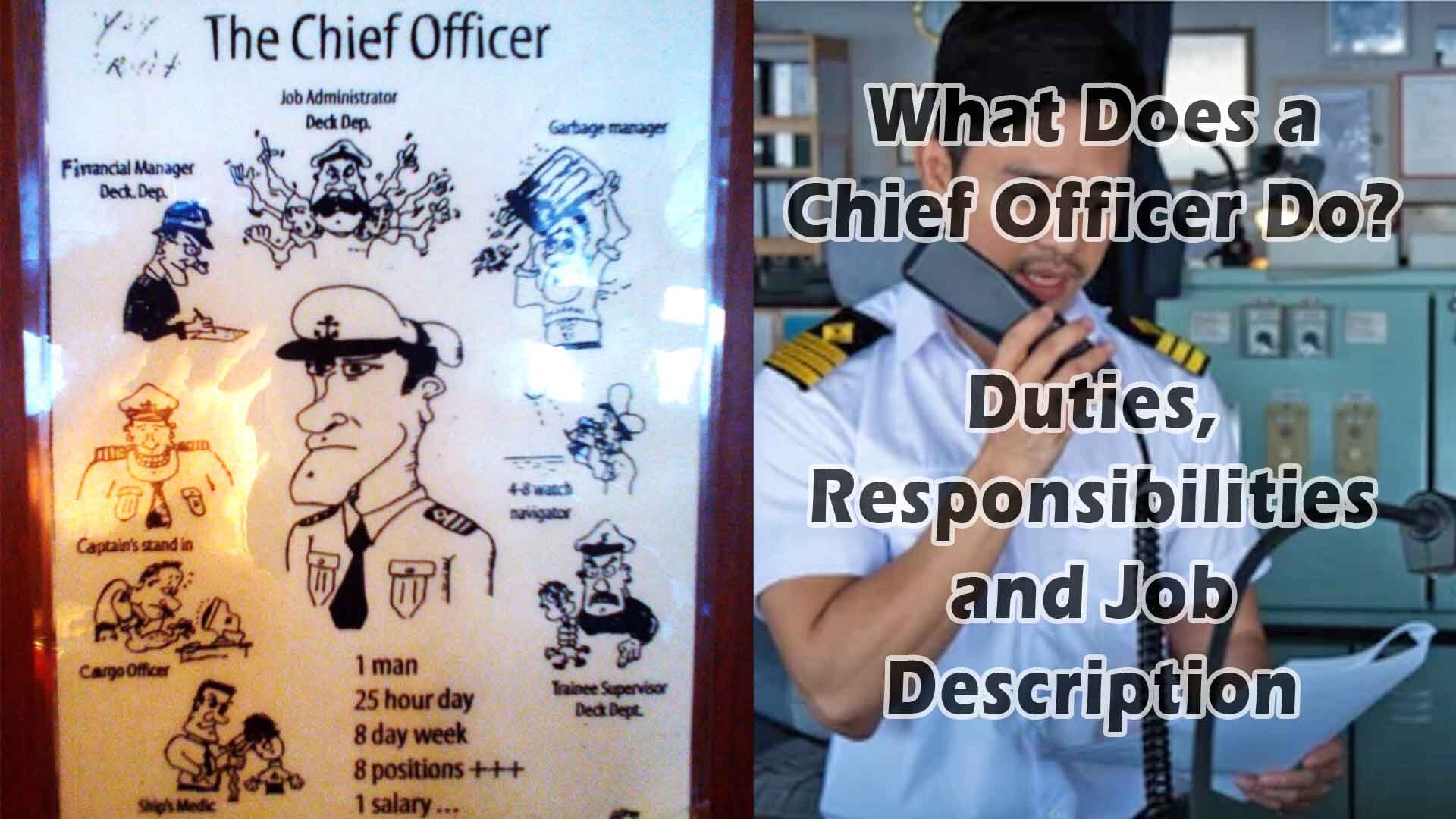
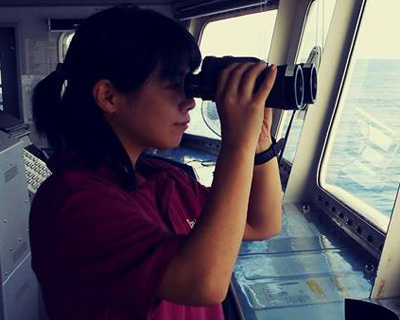
Very helpful, i am preparing my self to be second officer on board. If any kindly share your experience as second officer. Thanks
Congratulations on your journey to becoming a Second Officer! Stay focused, be adaptable, and embrace every opportunity (that may come in forms of challenges and problems) to enhance your skills. Learn everything about your work. 2/0 job is easy to manage especially if you get the hang of it. Not everything will be found in the book though and there will be surprises and sh***y traffic so be ready for that. Most important is to stay humble and treat your crew well. Safe sailing and may you receive your promotion.